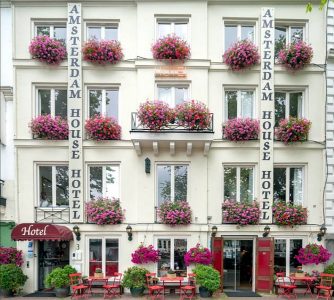Today, we conducted an unannounced visit to Remkes in Epe (NL), where broiler breeders are slaughtered. This visit was prompted by the warm weather conditions (approximately 27°C).
Waiting times
Broiler breeders, similar to laying hens, are often caught in the evening as they are calmer at that time. However, this also means that birds frequently arrive at the slaughterhouse during the night, while the actual slaughtering process only commences in the morning. Remkes attempts to catch and load birds as late as possible (around 00:00) and follows the policy that the first-arriving truck is also the first to be unloaded. But waiting times of several hours (with the birds remaining in the trucks) continue to be the prevailing practice. Especially on hot days, this can compromise bird welfare. Remkes expressed a willingness to commence slaughtering earlier (to reduce waiting times), but is not granted permission to do so by the NVWA (Dutch Food and Consumer Product Safety Authority).
Waiting conditions
Remkes has a canopy under which poultry trucks can be parked. Underneath, there are large fans and shade nets partly on our advice. It’s more comfortable under the canopy (a few degrees cooler + a breeze) than outside, but we still observed chickens experiencing heat stress, particularly at the top and back of the crates. Properly ventilating a poultry truck is very challenging. To mitigate heat stress, slaughter was limited until 3:00 PM today. Additionally, the loading density was slightly reduced.
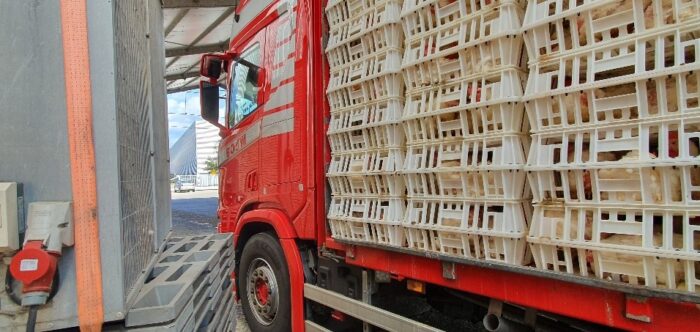
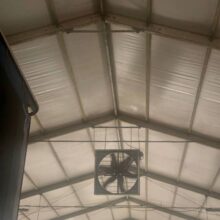
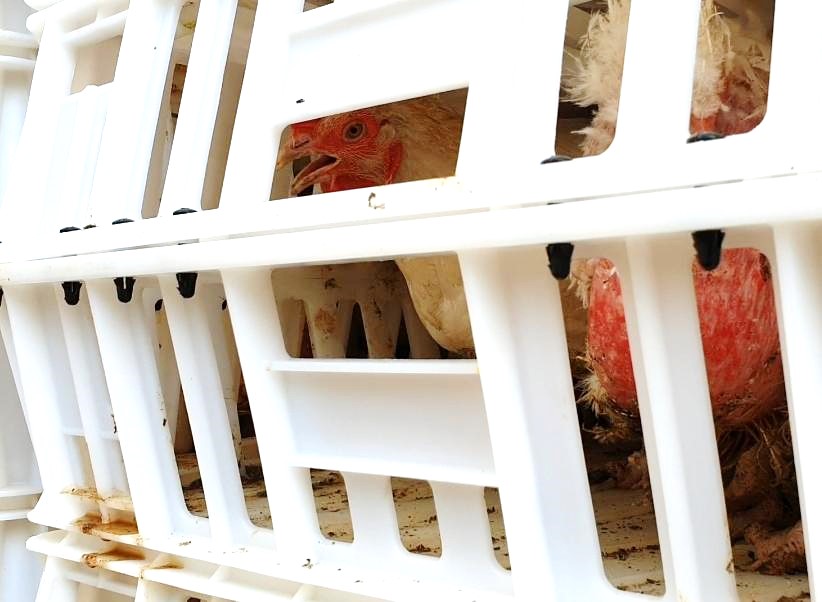
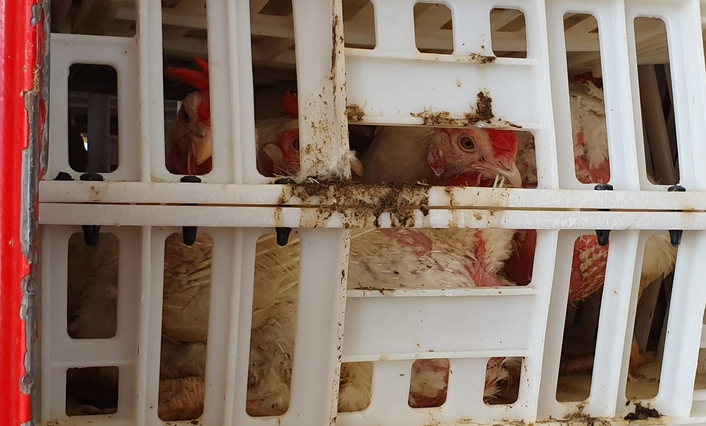
necks stretched out).
A few years ago, on our advice, Remkes had whitened the floor under the canopy. This had worn off by now. We recommended doing this again to keep the asphalt as cool as possible.
Long transport distances
At Remkes, broiler breeders from abroad are also slaughtered. Mainly from Germany, Belgium, and France. Because longer distances pose more risks to animal welfare, they try to limit this. Remkes stated that they prefer to only slaughter Dutch broiler breeders, but it’s not always possible. Many Dutch broiler breeders go to Poland because it’s more financially attractive. Polish slaughterhouses have less stringent standards; even animals in poor condition or even dead ones are compensated. Eyes on Animals finds it unacceptable for Dutch chickens to be transported to Polish slaughterhouses when there’s enough slaughtering capacity in the Netherlands. In 2015, together with the Dutch Society for the Protection of Animals (SPA) we raised awareness about this issue >>
We want to thank Remkes for their transparent approach. They made time for us immediately, allowed us to observe everything, ask questions, and capture visual material.

